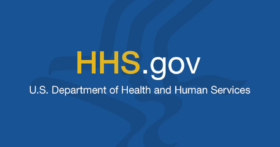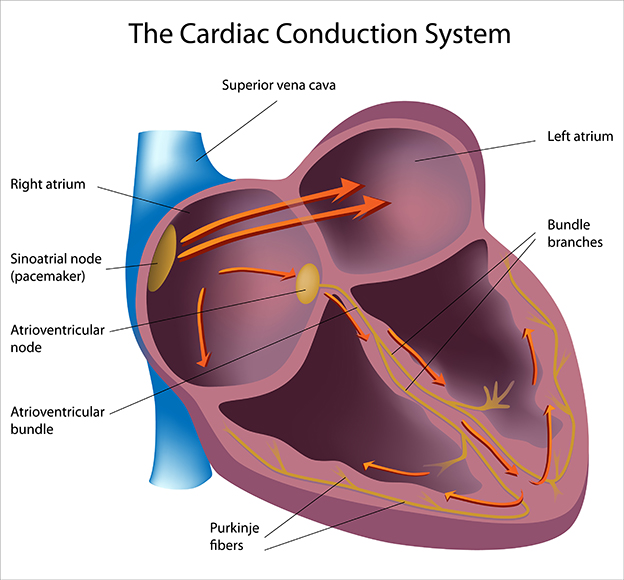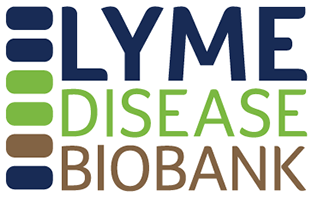Written by Julia Ries for Healthline on April 4, 2019; Reprinted with permission.
Although spring has just begun, tick season is already well underway. The slew of wet weather seen across the country has ticks crawling out and about earlier than usual. Seeing as most ticks thrive in warm, moist weather, tick season will likely be especially tough this year, health officials predict.
“While regions across the country were either unseasonably cold or warm this past winter, there’s one factor that almost all of them had in common: excessive moisture,” Jim Fredericks, PhD, the chief entomologist for the National Pest Management Association (NPMA), said in the NPMA’s bi-annual Bug Barometer press release.
“From record-setting snow in parts of Texas and Arizona to excessive rain in the southeast, continued precipitation predicted for most of the country this upcoming season will allow pest populations to continue to thrive and multiply,” he said.

 Sunday, August 26th is
Sunday, August 26th is 
 The following is a guest post by one of our esteemed Advisory Board members,
The following is a guest post by one of our esteemed Advisory Board members,  The national
The national  Liz Horn, PhD, MBI,
Liz Horn, PhD, MBI, Spreading awareness about Lyme and tick-borne infections among high-risk groups has been a key objective for our growing education outreach program at
Spreading awareness about Lyme and tick-borne infections among high-risk groups has been a key objective for our growing education outreach program at  Lyme disease is a nationally notifiable disease, recognized and tracked by the federal government
Lyme disease is a nationally notifiable disease, recognized and tracked by the federal government  This week, we feature a guest post from
This week, we feature a guest post from